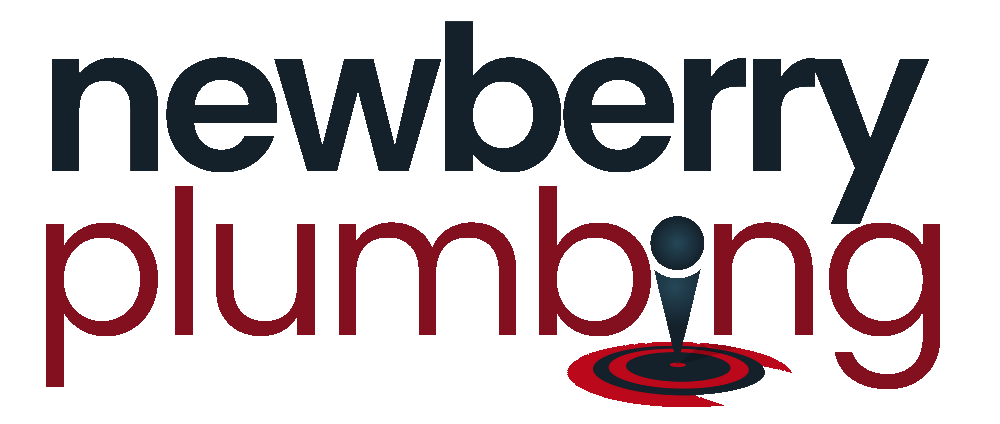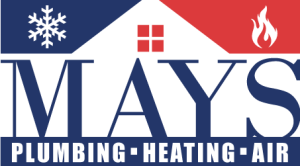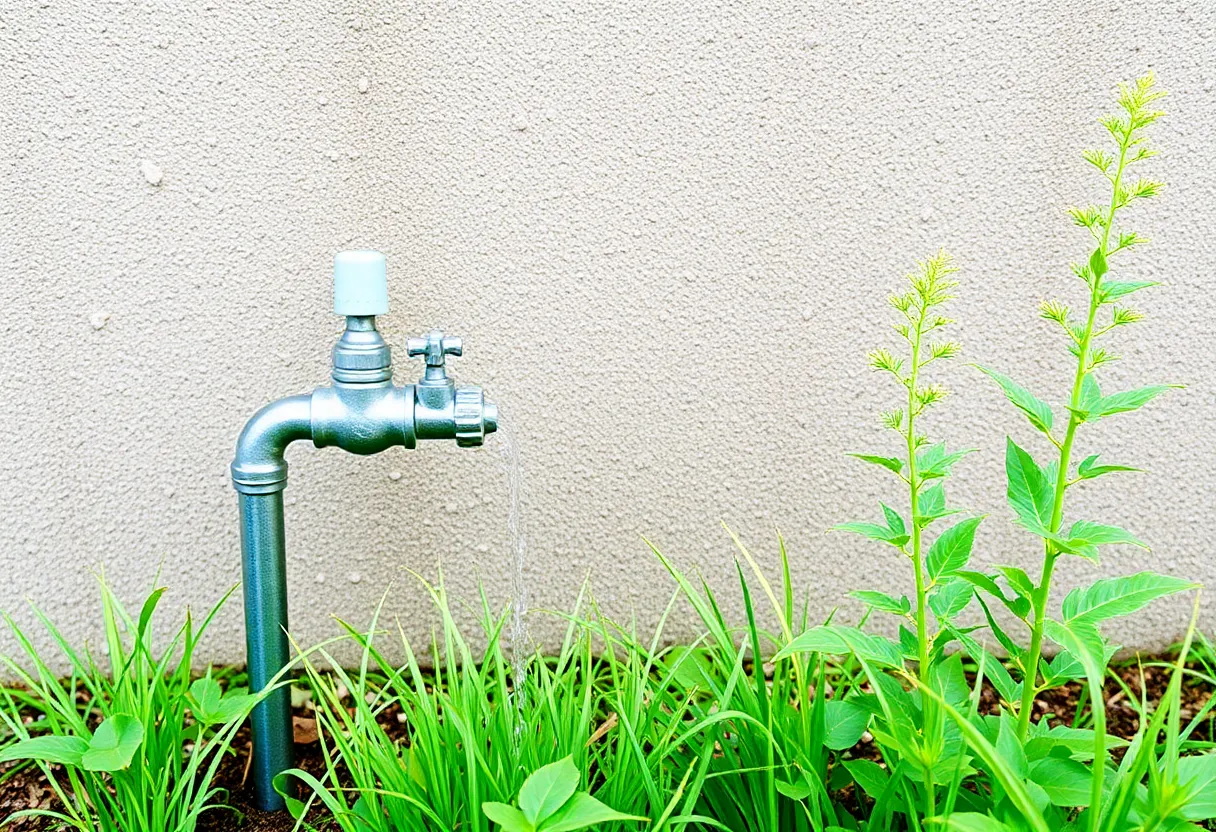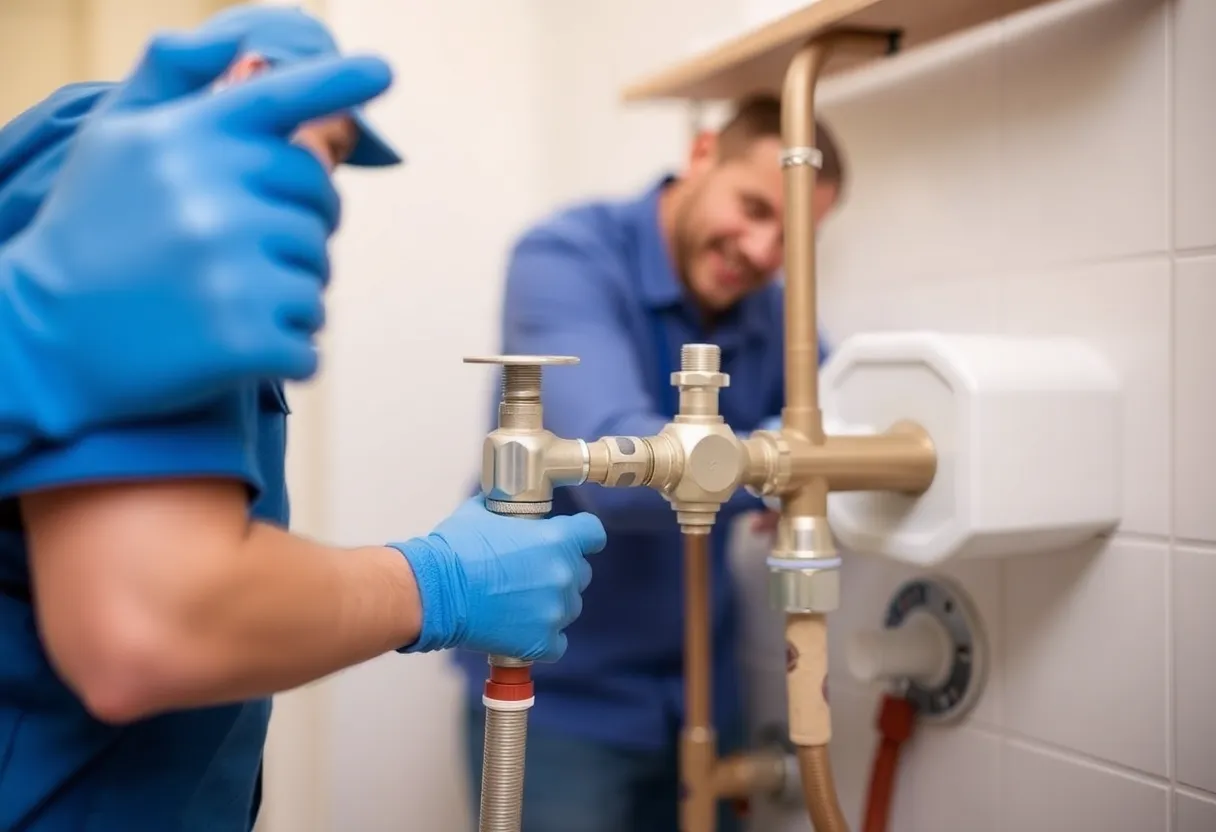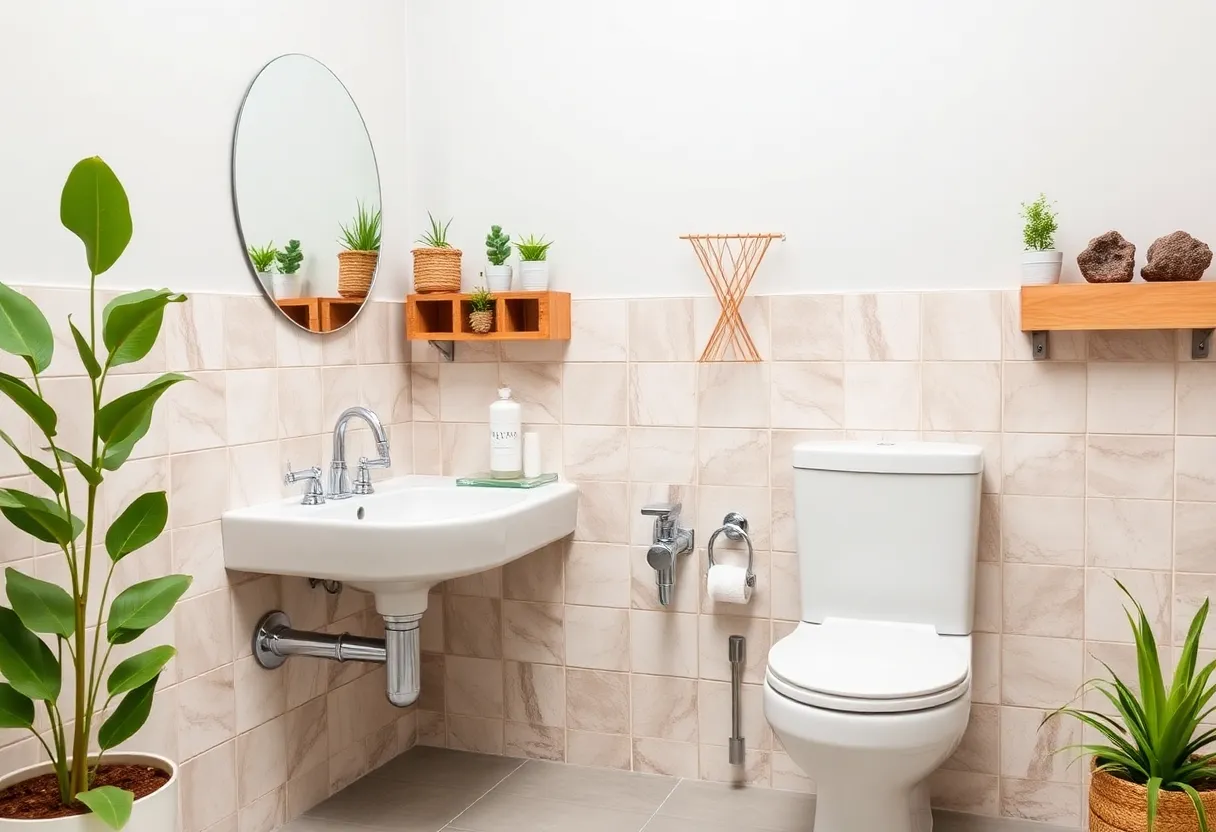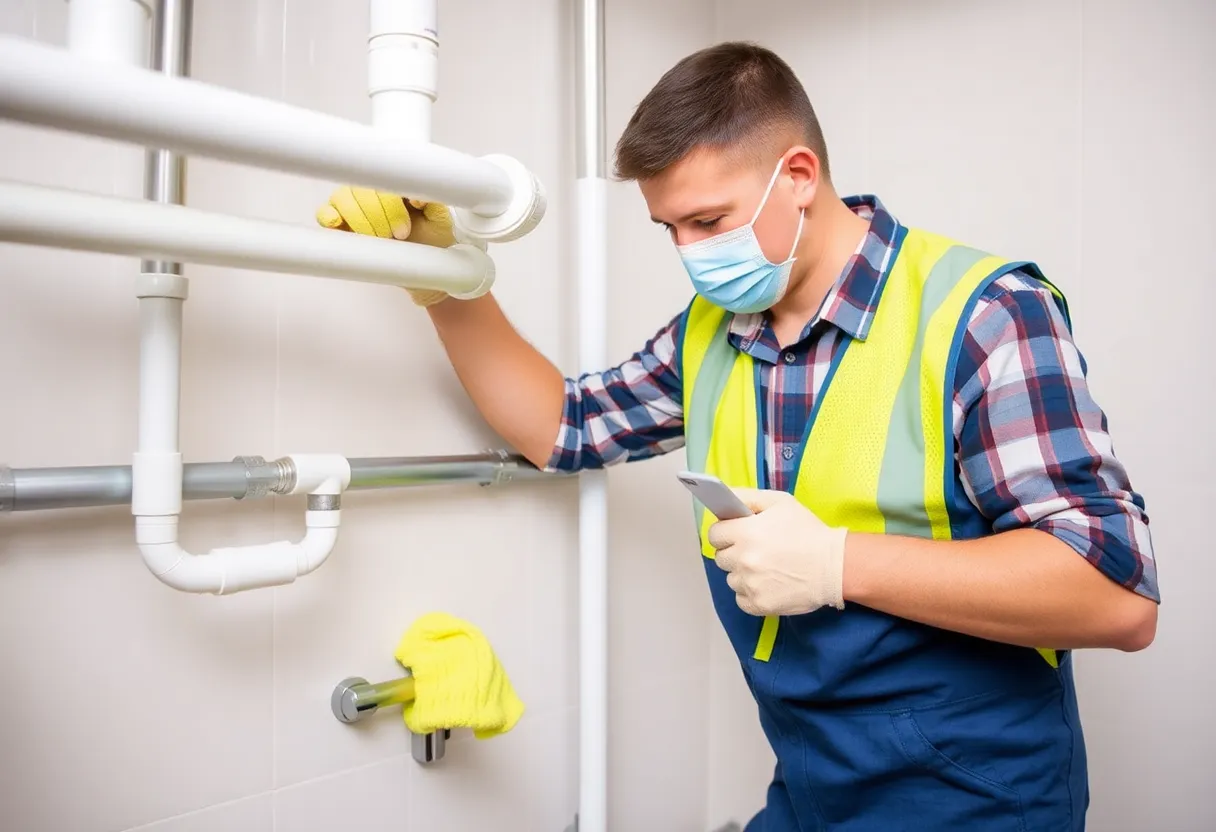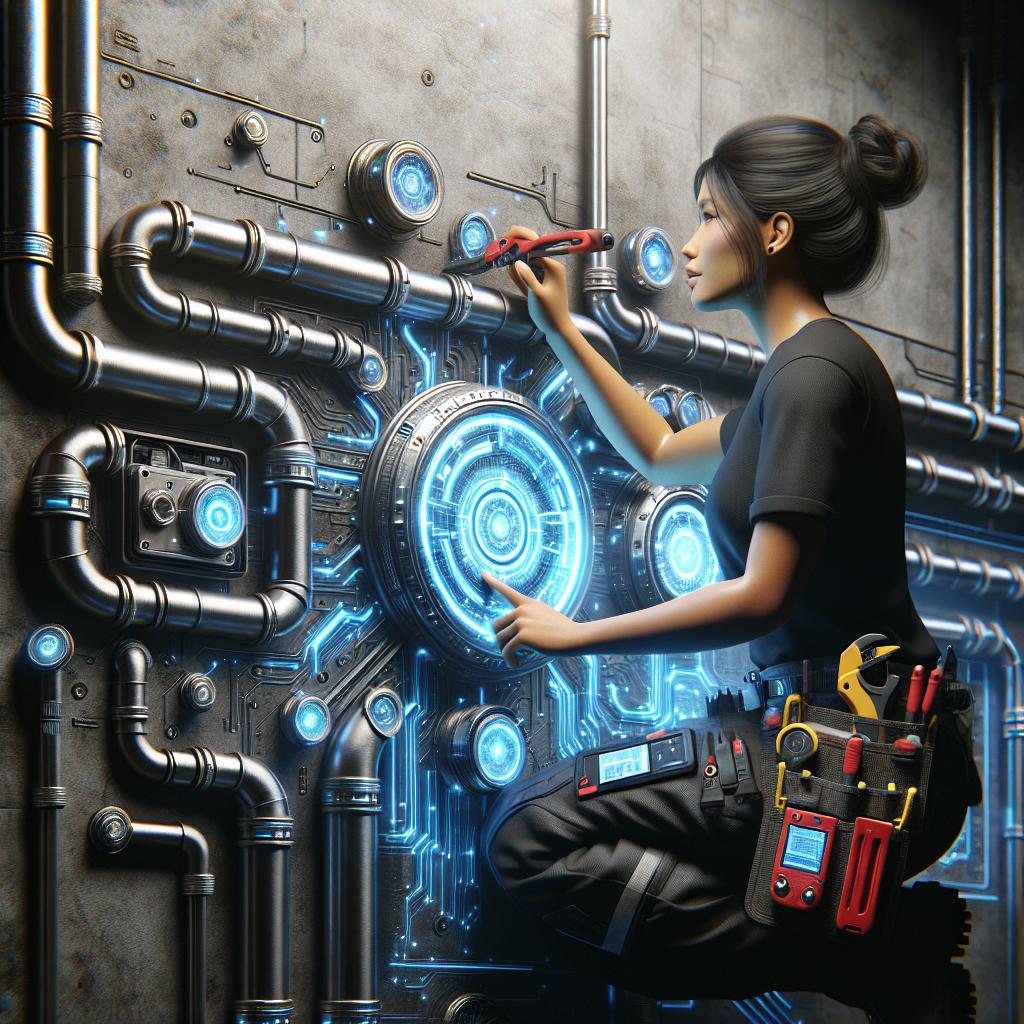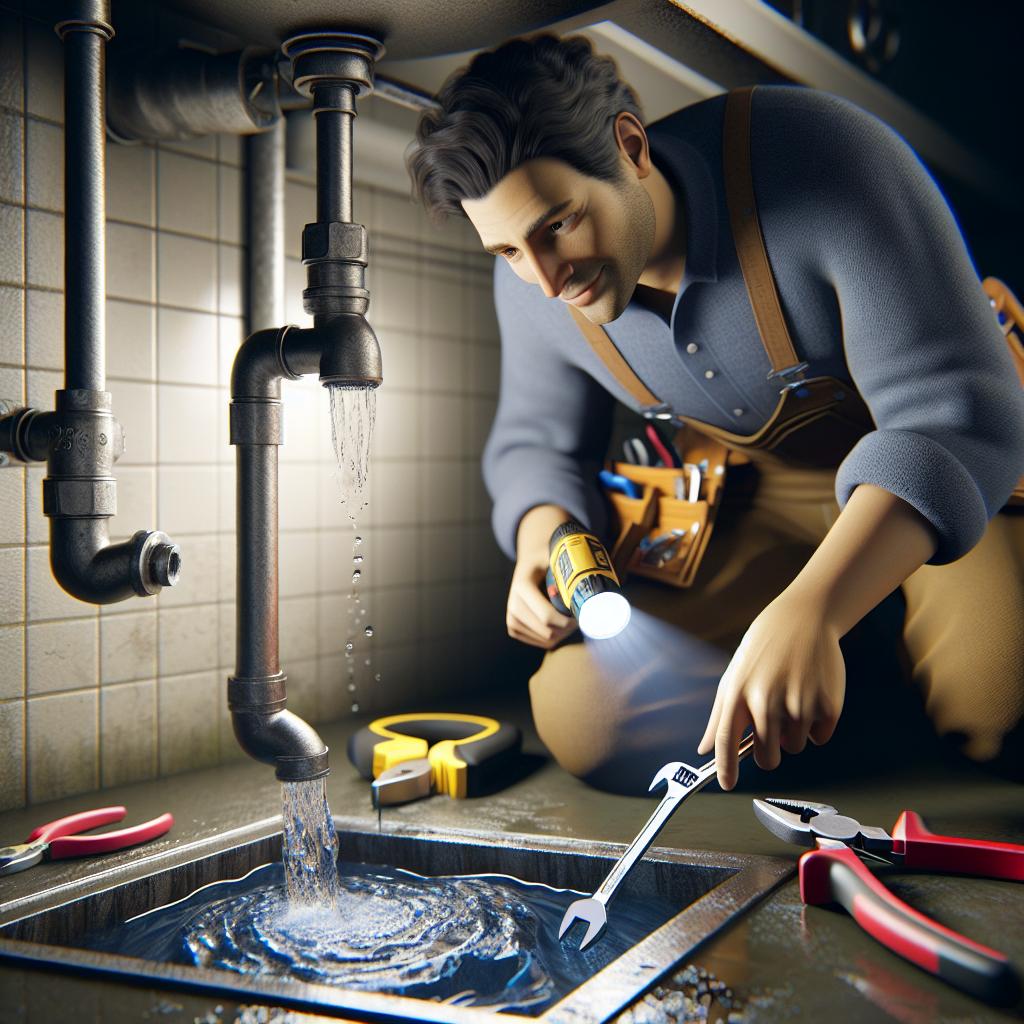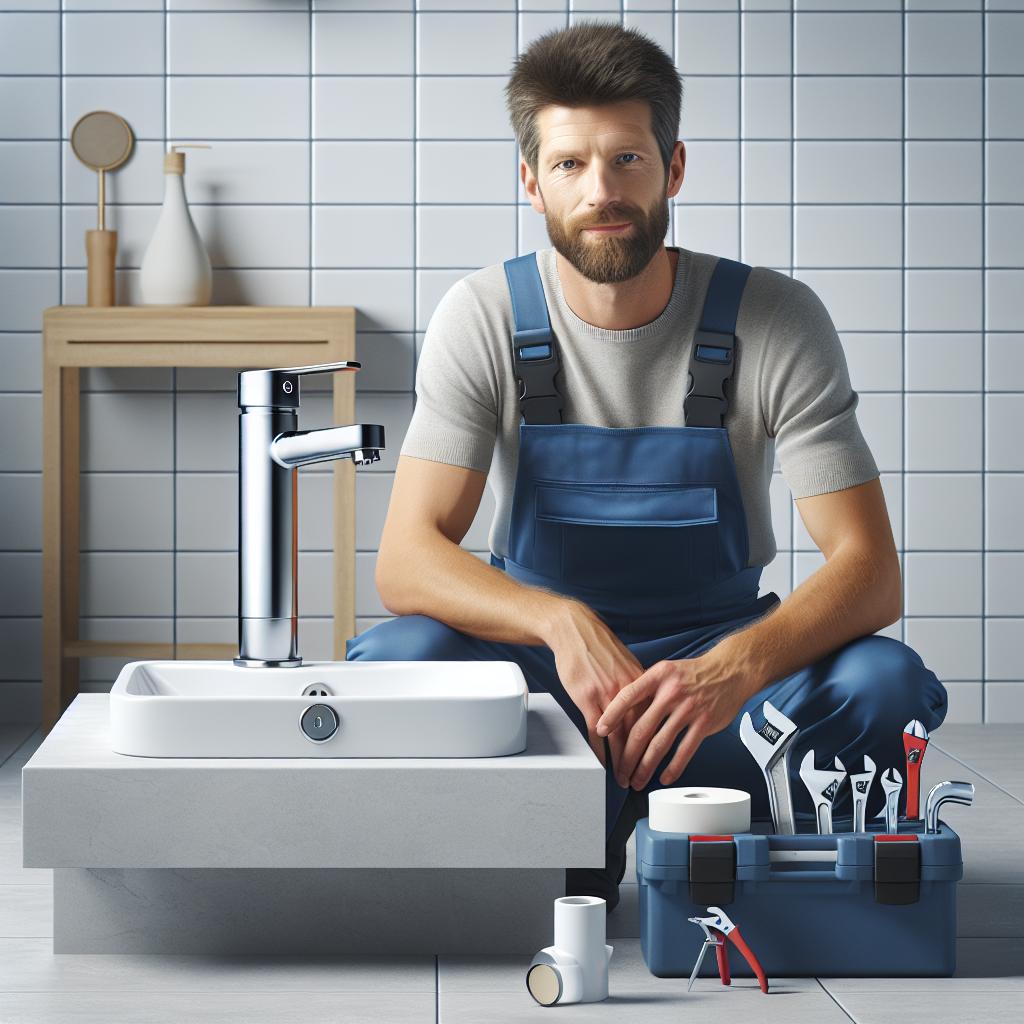The Plumbing Productivity Boost: 7 Innovative Solutions to Maximize Your Home’s Water Efficiency
In today’s changing climate and with rising utility costs, _maximizing your home’s water efficiency_ is more important than ever. Not only does effective water management help in reducing costs, but it also contributes to environmental sustainability. Below, we will explore seven innovative solutions to boost your plumbing productivity and make your home more water-efficient.
1. Install Low-Flow Fixtures
One of the easiest and most effective methods to improve water efficiency is installing _low-flow fixtures_. These devices are designed to reduce water usage while maintaining performance. Low-flow showerheads and faucets can significantly decrease water consumption—by up to 50% in some cases. Look for products that have the WaterSense label, which indicates they meet specific efficiency criteria set by the U.S. Environmental Protection Agency.
Benefits of Low-Flow Fixtures
- Reduced Water Bills: Less water usage directly translates to savings on your utility bills.
- Environmental Impact: Minimizing water waste helps protect local water supplies and ecosystems.
- Improved Performance: Many modern low-flow fixtures use innovative designs to enhance water flow without increasing usage.
2. Implement Smart Water Management Systems
_Smart water management systems_ are revolutionary inventions that allow homeowners to monitor and control their water usage from anywhere. These systems use digital technology to track water consumption patterns and detect leaks or odd water usage trends. They often come with user-friendly apps that provide real-time data, tipping off users to potential issues before they escalate.
Features of Smart Systems
- Leak Detection: Immediate alerts for any leaks to prevent costly water damage.
- Usage Tracking: Clear insights into daily, weekly, and monthly water consumption patterns.
- Automatic Shut-Off: In case of a detected leak, many systems can automatically shut off the water supply.
3. Utilize Rainwater Harvesting
Collecting rainwater is an age-old practice that is gaining popularity in modern homes. _Rainwater harvesting_ systems capture rainwater from your roof, storing it in tanks for later use, such as irrigation and bathing. These systems can significantly reduce reliance on municipal water supplies, especially during dry seasons.
Key Considerations for Installing Rainwater Harvesting Systems
- Local Regulations: Ensure the system complies with local laws and regulations regarding water reuse.
- System Design: Customize your system according to your specific water needs and available space.
- Maintenance: Regular maintenance is essential to keep the system functional and compliant with health standards.
4. Upgrade to Water-Efficient Appliances
If you are in the market for new appliances, consider selecting _water-efficient models_. Dishwashers, washing machines, and refrigerators with ice makers and water dispensers often have options designed to use less water while maintaining efficiency.
Choosing Water-Efficient Appliances
- Look for Ratings: Identify appliances with the Energy Star or WaterSense labels to ensure they meet efficiency standards.
- Capacity Assessment: Choose appliances with suitable capacities to reduce the frequency of use without sacrificing performance.
- Compare Features: Understand the water usage per cycle or load to make informed decisions.
5. Optimize Irrigation Systems
For those with gardens or lawns, a significant portion of water usage arises from outdoor irrigation. _Optimizing your irrigation systems_ will minimize waste and ensure plants receive the water they need. Smart irrigation controllers automatically adjust watering schedules based on weather conditions, reducing unnecessary watering.
Components of Efficient Irrigation Systems
- Drip Irrigation: Directs water to the plant roots where it is needed most, significantly reducing evaporation and runoff.
- Soil Moisture Sensors: Detect the moisture level in the soil to determine when watering is necessary.
- Rain Sensors: Automatically pause irrigation when it rains, preserving water and preventing over-watering.
6. Fix Leaks Promptly
Even the smallest leaks can lead to significant water waste over time. Addressing these minor issues promptly can significantly enhance overall water efficiency in your home. _An estimated 10% of homes have leaks that waste 90 gallons or more per day_, and fixing them is easier than most think.
Common Areas to Check for Leaks
- Faucets and Showerheads: Drips from these sources can waste considerable amounts of water.
- Toilets: Test for leaks by using food coloring in the tank; if the color appears in the bowl without flushing, there’s a leak.
- Outdoor Hoses: Check all hose connections and sprinklers for signs of leaks.
7. Education and Awareness
Lastly, education is pivotal in promoting water efficiency. Engaging all household members in understanding their water usage habits can lead to significant improvements. Consider establishing a _water conservation plan_, setting goals, and discussing ways to reduce water usage as a family.
Ways to Promote Awareness
- Water Usage Tracking: Encourage users to keep track of their daily water usage by recording it in a visible area.
- Conservation Challenges: Create fun challenges among family members to find new ways to save water.
- Workshops and Resources: Attend local workshops on water conservation and share findings with the household.
Conclusion
Maximizing your home’s water efficiency is not just beneficial for your wallet but also for the environment. By implementing these seven innovative solutions, you can make a significant impact on saving water. _From low-flow fixtures to advanced smart water management systems_, there are numerous ways to boost your plumbing productivity and embrace a sustainable lifestyle. Make these changes today and enjoy the long-term benefits of efficient water usage in your home.
